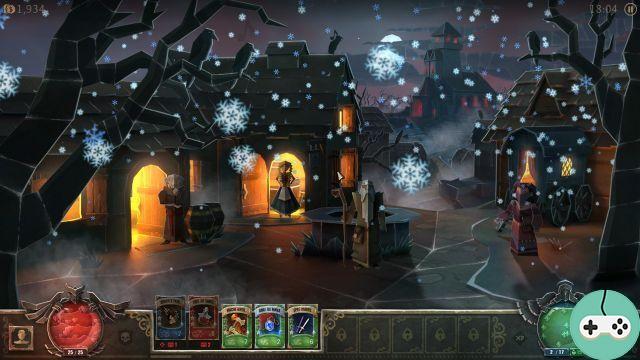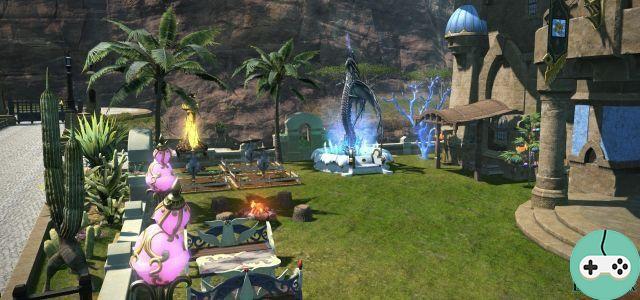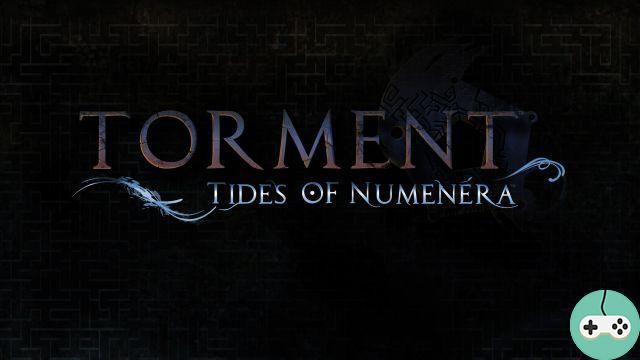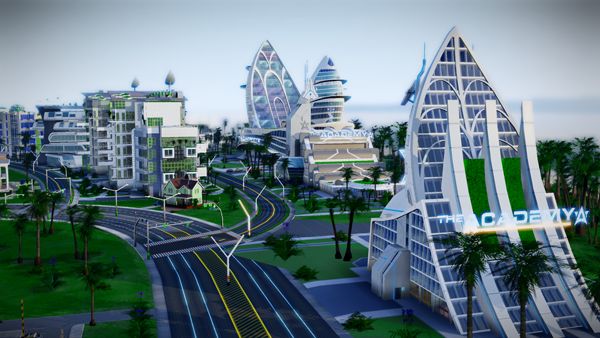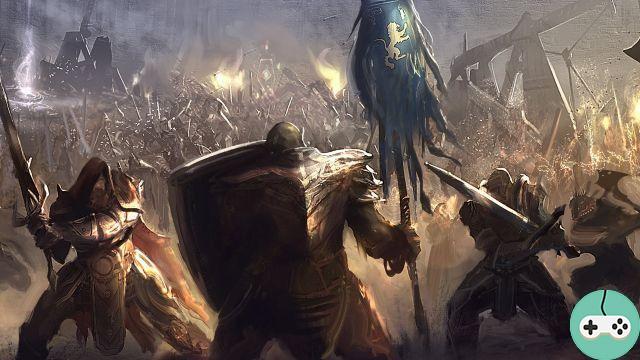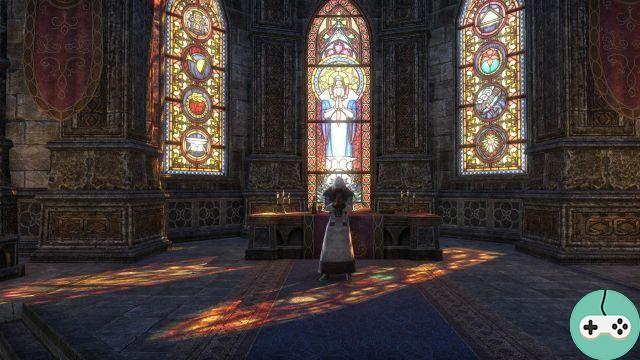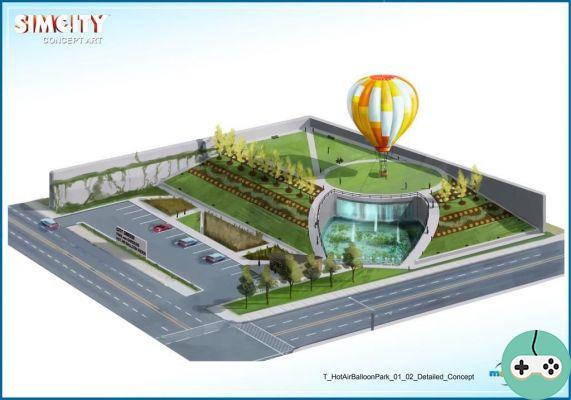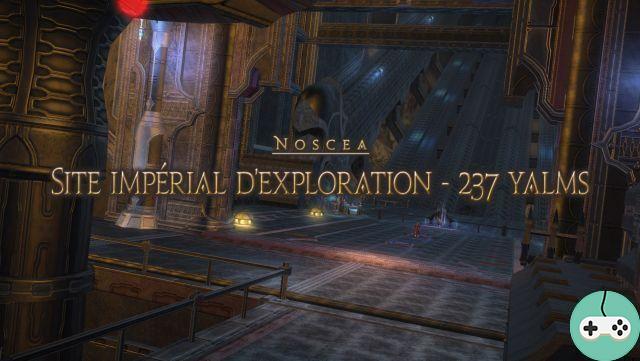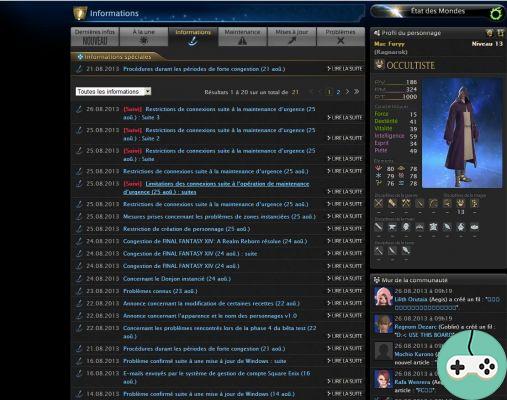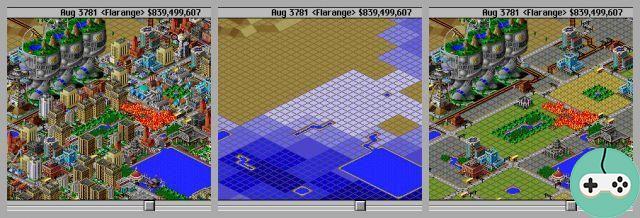
Christian Stratton, Director of User Experience for SimCity, spoke in two blog posts about data cards, from the old representation of data in early SimCity to the decision-making process that culminated in the presentation of the new SimCity. .
part 1
In this first post, we immediately notice the great leap forward made by the graphics (the opposite would be surprising at the same time):


Data maps have always been important with the first game, classic SimCity, being based entirely on these maps, with cities building on top of them, but they have only been incorporated into the game since SimCity 2000 (see the SimCity 2000 album on Facebook ). SimCity 3000 saw the arrival of a new interface designed by Christian Stratton.
part 2
 In this second post, Christian Stratton continues on the history of SimCity with SimCity 3000 and 4 in which the buildings are represented in the form of sprites (2D elements giving an impression of 3D) and retain the principle of differentiated data cards of the playing area and "limiting" itself to informing the player.
In this second post, Christian Stratton continues on the history of SimCity with SimCity 3000 and 4 in which the buildings are represented in the form of sprites (2D elements giving an impression of 3D) and retain the principle of differentiated data cards of the playing area and "limiting" itself to informing the player.
Thanks to the experience on all these games, an idea gradually germinated in the teams of developers: to create a game engine based on agents, with the buildings becoming interactive "toys", bringing dynamism and flexibility. Since SimCity 4, players have changed and are now closer to the many sources of data, accustomed to processing and using it. If we add to that the evolution of technology, the initial idea becomes feasible and is now materialized with the Glassbox engine of this new SimCity opus.
Thanks to this simulation engine, the data cards are now playable, everything that happens in the city is directly visible on the screen, the player no longer has to look for the information that comes directly to him. Of course, there are always "heavy" cards to have more information when necessary.
There you go, you now know everything about the subject of data cards!






